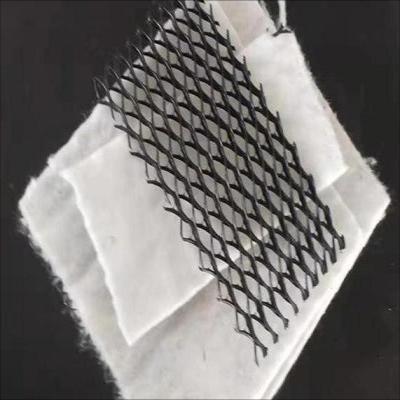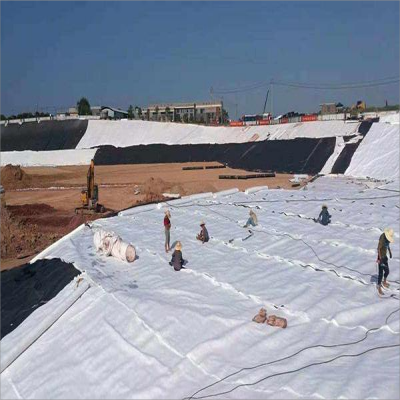Three-dimensional composite drainage network is a material commonly used in drainage systems of roads, railways, tunnels, landfills and various municipal projects. If you want to ensure the long-term stability and drainage efficiency of the three-dimensional composite drainage network in actual applications, you need to detect it. So, what is its detection frequency?
1. Basic principles for detecting frequency setting
The detection frequency of the three-dimensional composite drainage network should be determined comprehensively based on the specific requirements of the project, the use environment of the drainage network, and the performance characteristics of the materials. Basic principles include:
1. Risk assessment: According to the importance and potential risks of the project, risk assessment is carried out on the performance requirements of the drainage network to determine the focus and frequency of the detection.
2. Environmental adaptability: Considering the humidity, temperature, chemical corrosion and other factors of the environment in which the drainage network is located, evaluating the impact of these factors on material performance, the detection frequency can be adjusted.
3. Material characteristics: Develop a reasonable inspection plan based on the material composition, structural characteristics and service life of the three-dimensional composite drainage network.
2. Key factors affecting detection frequency
1. Water body type and density: The erosion and corrosion effects of stable water bodies and unstable water bodies, high-density water bodies and low-density water bodies on the drainage network are different, which in turn affects the setting of detection frequency. Generally, unstable and high-density water bodies require more frequent detection.
2. Water depth: The depth of the water can affect the pressure and drainage efficiency of the drainage network. Due to the large water pressure in deep water areas, the drainage network is more susceptible to damage, so the frequency of detection should be increased.
3. Types and concentrations of pollutants: The types and concentrations of pollutants in water have different corrosion effects on the drainage network. In areas with high concentration contamination, detection frequency must be increased in order to detect and deal with potential problems in a timely manner.
4. Meteorological factors: Meteorological conditions such as temperature and rainfall also have a certain impact on the performance of the drainage network. Under extreme weather conditions, such as heavy rain, high temperatures, etc., the frequency of testing may be temporarily increased.
5. Project requirements: Different projects have different performance requirements for drainage networks. For example, highways and high-speed railways have higher requirements for drainage efficiency, so the detection frequency must also be improved.
3. Detection frequency setting in practical applications
1. Initial inspection: After the drainage network is laid, a comprehensive inspection will be carried out immediately to ensure that the materials are not damaged and installed correctly.
2. Regular inspection: Set a reasonable periodic inspection cycle based on project needs and environmental factors. Generally speaking, for important projects and high-risk areas, it is recommended to conduct testing once a quarter or six months.
3. Special testing: When encountering special situations such as extreme weather conditions, water pollution incidents, special testing should be carried out immediately, and the damage to the drainage network should be assessed and corresponding measures should be taken.
Post time: Feb-25-2025





